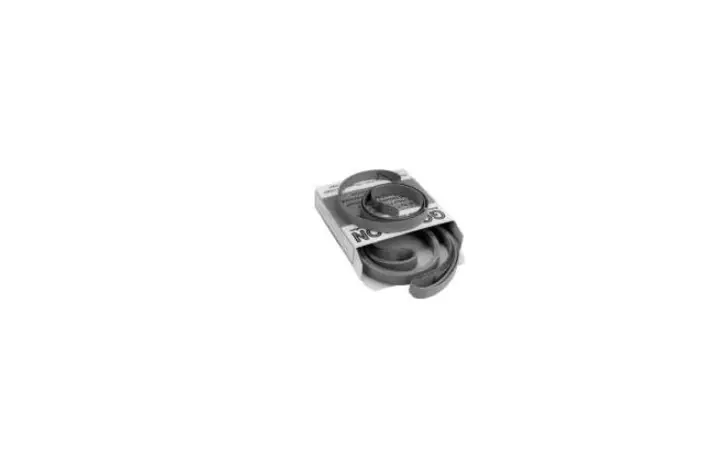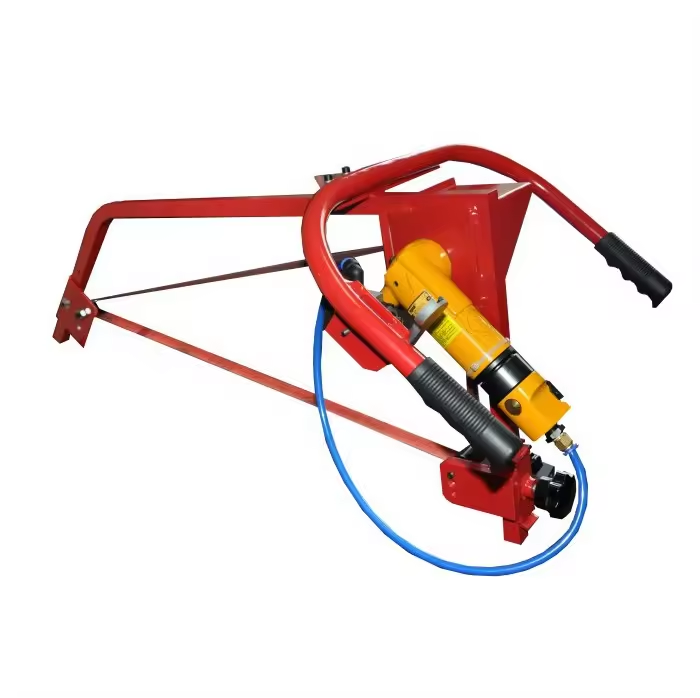A crankshaft journal polishing tool is used to smooth and refine the surfaces of crankshaft journals, removing minor imperfections and wear marks. This tool helps reduce friction, extend bearing life, and improve engine performance by creating a smooth surface for the bearings to glide against. It can be handheld or machine-driven, depending on the application.
Crankshaft journal polishing is a critical maintenance process that ensures smooth operation, reduces friction, and prolongs the life of an engine. The crankshaft journals, which are the surfaces in contact with the engine bearings, must remain free of scratches, grooves, or wear to maintain efficient performance. Over time, these surfaces can become worn or damaged, necessitating polishing to restore their optimal condition.
Contents
What is a Crankshaft Journal Polishing Tool?
A crankshaft journal polishing tool is a specialized device designed to smooth and refine the surface of the crankshaft journals. These tools are typically used in conjunction with abrasive belts or polishing strips that remove small amounts of material to eliminate scratches, imperfections, or minor wear marks from the journals.
Polishing tools can be hand-operated or machine-driven, depending on the application and the size of the crankshaft. The goal of using a polishing tool is to achieve a mirror-like finish on the journal surface, which minimizes friction between the journal and the bearing, ensuring smoother engine operation and longer component life.
Types of Crankshaft Journal Polishing Tools
There are several types of crankshaft journal polishing tools available, each suited to different applications and requirements:
- Handheld Polishing Tools: These tools are manually operated and are typically used for smaller crankshafts or minor touch-up work. They consist of a handle with a holder for the abrasive strips, allowing the operator to manually polish the journal by applying pressure and moving the tool back and forth.
- Machine-Driven Polishing Tools: These tools are designed to be used with specialized polishing machines that automate the process. The machine rotates the crankshaft while the polishing tool, fitted with an abrasive belt, is applied to the journal surface. This method provides a consistent, high-quality finish and is ideal for larger crankshafts or high-volume repair shops.
- Flexible Belt Polishers: Flexible belt polishers use a continuous loop of abrasive material that moves over the journal surface while the crankshaft rotates. This type of tool is particularly effective for achieving a uniform finish and can be used for a variety of crankshaft journal sizes.
- Microfinishing Machines: Microfinishing machines are advanced tools that use precision abrasives to achieve an extremely fine finish on the crankshaft journals. These machines are typically used in high-performance engine rebuilds or manufacturing environments where exact tolerances and surface finishes are critical.
- Portable Crankshaft Polishers: Portable crankshaft polishers are compact and lightweight tools that can be used on-site without the need for a full workshop setup. They are ideal for field repairs or maintenance work on large machinery where removing the crankshaft is impractical.

How to Use a Crankshaft Journal Polishing Tool
To use a crankshaft journal polishing tool effectively, follow these steps:
- Inspect the Crankshaft: Before polishing, carefully inspect the crankshaft for cracks, deep grooves, or other significant damage. If the crankshaft has major defects, it may require machining or replacement instead of polishing.
- Clean the Journals: Thoroughly clean the crankshaft journals with a degreaser or solvent to remove oil, grease, and debris. This ensures that the abrasive material on the polishing tool can effectively contact the journal surface.
- Select the Appropriate Abrasive: Choose the right type and grit of abrasive belt or strip based on the condition of the journal surface. Start with a coarser grit for heavily worn or damaged surfaces and progress to finer grits to achieve the desired finish.
- Set Up the Polishing Tool: Install the abrasive belt or strip on the polishing tool according to the manufacturer’s instructions. If using a machine-driven tool, secure the crankshaft in the machine and adjust the speed and pressure settings.
- Polish the Journals: Begin polishing by applying the tool to the journal surface with light, even pressure. Move the tool back and forth across the journal while rotating the crankshaft to ensure a uniform finish. Continue polishing until the journal has a smooth, mirror-like appearance.
- Check the Finish: After polishing, inspect the journal surface for any remaining imperfections or rough spots. If necessary, repeat the process with a finer abrasive until the desired finish is achieved.
- Clean and Protect: Once polishing is complete, clean the crankshaft thoroughly to remove any abrasive particles or debris. Apply a light coating of protective oil to prevent corrosion and store the crankshaft in a clean, dry environment until it is ready for assembly.

Frequently Asked Questions
Here are some FAQs about the crankshaft journal polishing tools –
- What grit abrasive should I use for polishing crankshaft journals?
Start with a coarse grit (120-180) for heavily damaged surfaces and progress to finer grits (400-600) for a smooth, final finish. The specific grit selection depends on the journal condition and desired surface quality. - Can I polish crankshaft journals by hand?
Yes, you can polish crankshaft journals by hand using a handheld polishing tool and abrasive strips. However, machine-driven polishing tools offer more consistent results and are recommended for larger or more precise applications. - How often should crankshaft journals be polished?
Crankshaft journals should be polished whenever there are visible signs of wear, scoring, or imperfections, or during an engine rebuild to ensure smooth operation and extend component life. - Can polishing remove all types of crankshaft damage?
Polishing can effectively remove minor wear, scratches, and surface imperfections, but it cannot repair deep cracks, severe scoring, or structural damage. Such defects may require machining or replacement of the crankshaft. - Is it necessary to balance the crankshaft after polishing?
If polishing significantly alters the mass of the crankshaft or if extensive material is removed, the crankshaft should be dynamically balanced to ensure smooth engine operation and prevent vibrations.
Conclusion
A crankshaft journal polishing tool is an essential piece of equipment for maintaining the performance and longevity of an engine. By removing surface imperfections and achieving a smooth, mirror-like finish, these tools help reduce friction, extend bearing life, and improve overall engine efficiency.